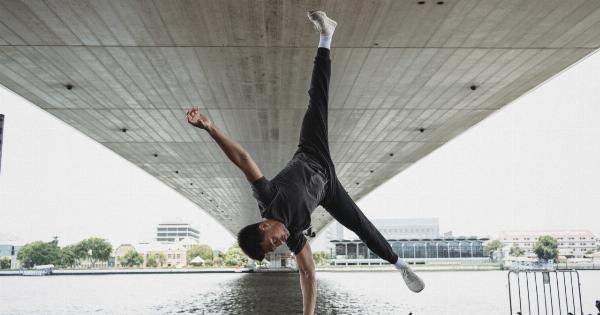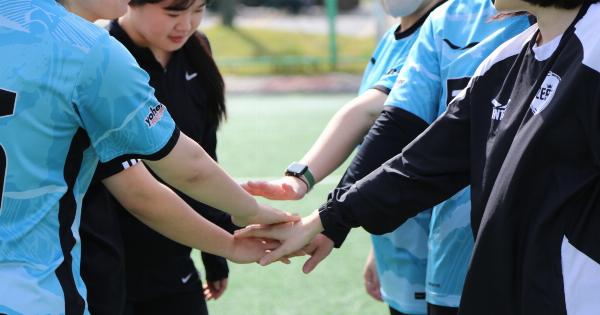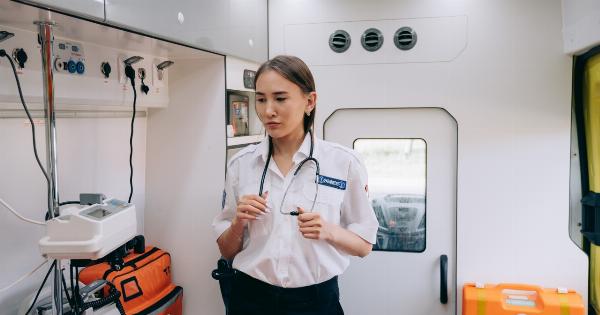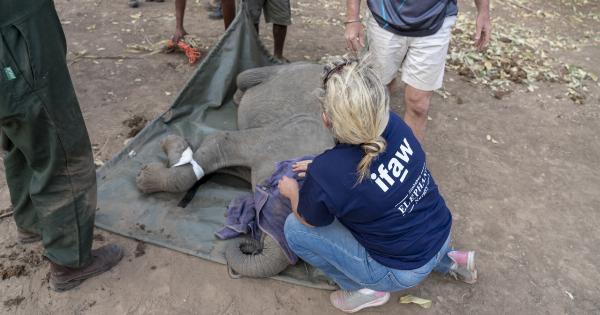A protector is someone who is responsible for the safety and security of a person, group, or property. They may be hired for personal or professional reasons, and their duties vary depending on the needs of their employer.
In general, however, protectors have several responsibilities that are essential to their role.
1. Threat assessment
One of the primary duties of a protector is to assess potential threat levels to their client or property.
This may involve conducting a thorough analysis of the client’s social network, identifying potential risks and vulnerabilities, and researching the neighborhood or area where the client resides or works. Protectors must always be aware of potential threats and have a plan in place to mitigate them.
2. Preventative measures
Protectors may take a variety of preventative measures to reduce the risk of harm to their client or property.
These measures may include installing security systems or cameras, providing transportation or escort services, or hiring additional security personnel to provide an extra layer of protection. In some cases, a protector may even recommend that the client make changes to their lifestyle or habits to reduce risk.
3. Emergency response
If a threat does materialize, a protector must be prepared to respond quickly and effectively. This may involve coordinating with law enforcement or emergency services, creating an evacuation plan, or using physical force to thwart an attacker.
Regardless of the situation, the protector must remain calm and focused to ensure the safety of their client or property.
4. Intelligence gathering
Another important duty of a protector is to gather and analyze intelligence related to potential threats.
This may involve monitoring social media or other online platforms, conducting background checks on individuals who come into contact with the client, or conducting surveillance of public areas where the client may be at risk. By staying up-to-date on potential threats, a protector can take proactive steps to prevent harm before it occurs.
5. Communication and collaboration
Effective communication is essential for a successful protector-client relationship. A protector must be able to communicate clearly and effectively with their client to ensure they understand potential risks and preventative measures.
They may also need to collaborate with other individuals or organizations, such as law enforcement or security teams, to create a comprehensive protection strategy.
6. Flexibility and adaptability
Protectors need to be able to adapt to changing circumstances and respond quickly to new threats. They must be flexible and willing to adjust their approach to fit the unique needs and circumstances of their client.
This may involve making quick decisions under pressure, negotiating complex social situations, or developing new strategies to deal with unfamiliar threats.
7. Ethics and professionalism
A protector must always act ethically and maintain a high level of professionalism in their role. They must always respect the privacy and dignity of their clients and work within the bounds of the law.
In addition, they must keep their client’s information confidential and avoid discussing their client or their protection strategies with others without permission.
8. Physical fitness and training
Physical fitness and training are essential for a protector, as they may need to use physical force to protect their client or property.
It is important for protectors to maintain a high level of physical fitness, as well as to receive regular training in self-defense, emergency first aid, and other essential skills.
9. Risk management and insurance
Protectors may be responsible for managing risk and ensuring that their client has adequate insurance coverage. They may need to research insurance policies and recommend those that are most appropriate for their client’s needs.
In addition, they may need to create risk management plans and develop contingency plans in case of emergencies.
10. Ongoing assessment and improvement
Finally, a protector must be willing to continually assess their strategies and approach to protection to ensure they are as effective as possible. They must be open to feedback and willing to adjust their approach as new risks and threats emerge.
By continually improving their skills and staying up-to-date on emerging threats, a protector can ensure the safety and security of their client or property.































